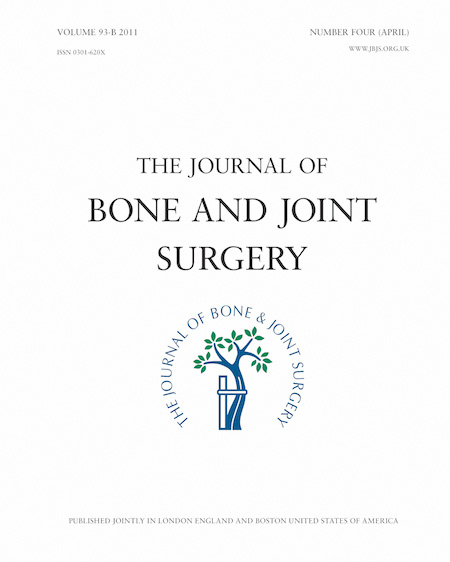
Arthroplasty
Femoral component rotation comparable between cemented and hydroxyapatite-coated implants
J Bone Joint Surg Br. 2007 Jan;89(1):39-44.50 patients (54 knees) with non-inflammatory arthritis were randomly distributed to receive a hydroxyapatite-coated femoral component or a cemented femoral component for total knee replacement (TKR) surgery. Patients were also stratified to receive either the rotating, standard or Freeman-Samuelson (FS) 1000 component articulating surfaces. Radiostereometry analysis was performed at 3, 12 and 24 months post-operation and results indicated that after 2 years, femoral rotation was comparable between the hydroxyapetite-coated and cemented implants.
Unlock the full article
Get unlimited access to OrthoEvidence with a free trial
Start TrialCritical appraisals of the latest, high-impact randomized controlled trials and systematic reviews in orthopaedics
Access to OrthoEvidence podcast content, including collaborations with the Journal of Bone and Joint Surgery, interviews with internationally recognized surgeons, and roundtable discussions on orthopaedic news and topics
Subscription to The Pulse, a twice-weekly evidence-based newsletter designed to help you make better clinical decisions
Exclusive access to original content articles, including in-house systematic reviews, and articles on health research methods and hot orthopaedic topics
Or continue reading this full article
Register Now

Subscribe to "The Pulse"
Evidence-Based Orthopaedics direct to your inbox.




































